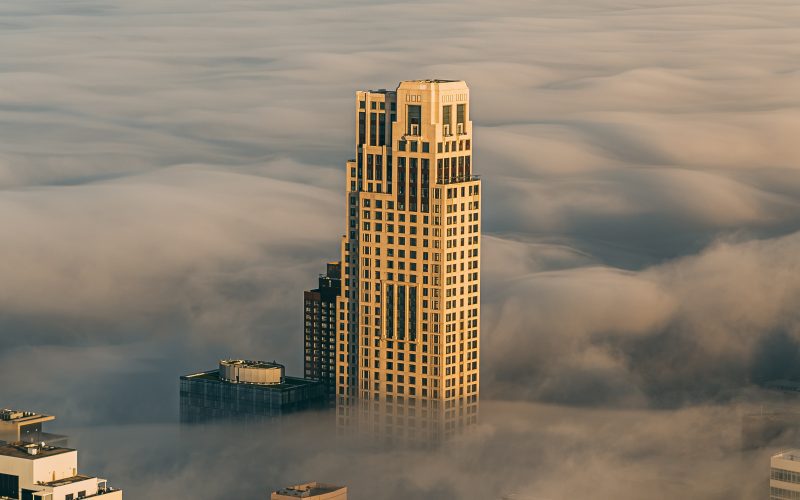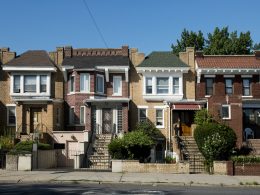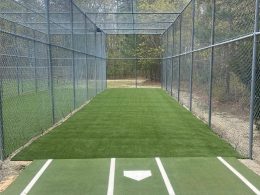As the world faces the challenges of climate change and resource depletion, sustainable real estate development is becoming an increasingly popular topic of discussion. Developers, investors, and policymakers are recognizing the importance of building and managing properties in a way that minimizes their environmental impact, while also providing social and economic benefits to communities.
Here are some of the latest trends in sustainable real estate development:
- Net-zero buildings: Net-zero buildings are designed to produce as much energy as they consume, making them self-sufficient and highly efficient. These buildings incorporate renewable energy sources such as solar panels, wind turbines, and geothermal systems, as well as energy-saving technologies such as smart lighting and HVAC systems.
- Green infrastructure: Sustainable real estate development goes beyond the building itself and extends to the surrounding landscape. Green infrastructure refers to the use of natural systems such as green roofs, rain gardens, and permeable pavements to manage stormwater, reduce urban heat islands, and improve air quality.
- Passive design: Passive design strategies focus on minimizing energy consumption and maximizing natural light and ventilation. Passive buildings use materials with high thermal mass, such as concrete and brick, to regulate temperature and reduce the need for heating and cooling.
- Circular economy: The circular economy model aims to keep resources in use for as long as possible, by reducing waste and recycling materials. Sustainable real estate developers are adopting circular economy principles by incorporating recycled materials into construction, implementing waste reduction strategies, and designing buildings for disassembly and reuse.
- Social sustainability: Sustainable real estate development is not just about environmental impact, but also about social sustainability. Developers are incorporating features such as affordable housing, community spaces, and public transit access to improve the livability and equity of their projects.
As the demand for sustainable real estate development continues to grow, it is important for developers to prioritize these trends in their projects. Not only will they help to address the urgent challenges facing our planet, but they will also create more resilient and profitable buildings for the future.












